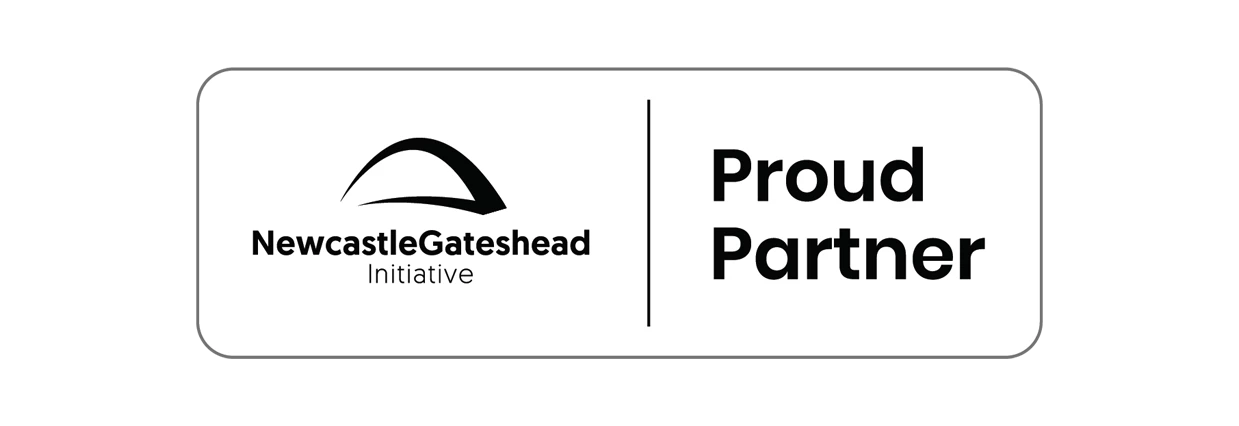Partner Article
Is ICT complexity really hampering business innovation?
Why technology reluctance shouldn’t be holding up government technology ambitions
Last month the UK government announced plans for its Information Economy Strategy and its desire for the “UK to be a global leader, excelling in cutting edge technologies like Big Data, Cloud Computing and Cyber Security”. This, along with the G-Cloud programme and its recent investment of £440 million through the Technology Strategy Board (TBS) to help drive business innovation all point towards the increasing importance of business growth to the wider political and business agenda.
For businesses this is good news and many will be grateful for the increased support, but findings from a new independent report commissioned by NTT Europe suggest that these investments may be significantly held up unless some basic issues are tackled first. The report, Growing pains in the cloud, found that four in five (81%) of the CIO’s interviewed said that the complexities of their existing ICT infrastructure were stopping them from adopting cloud computing solutions. Furthermore 40% of CIO’s questioned acknowledged that cloud would help them to unlock their business’ potential.
It is clear that the Government and CIOs alike recognise the importance of cloud computing, so the implication is that a lack of understanding around the complexity of legacy ICT estates is hampering wider business innovation. Forbes recently cited that businesses are now facing an 80/20 budget split, meaning 80% of ICT budgets are devoted to run and maintain incumbent systems, leaving just 20% for innovation. CIO’s need to look for ways to step forward (supported by the CFO and board) and address this imbalance so that more money can be invested in ICT solutions that support expansion into new markets, offer advanced security and provide intelligent data to help business growth.
Resolving legacy ICT issues is understandably a daunting task, but businesses need to stop thinking about whether they should move and instead decide how and when. Moving infrastructure and applications to the cloud is clearly not going to happen in one easy step and can differ greatly depending on the size of a business, but some providers are ready and want to help. For many businesses combining remote infrastructure management with cloud computing to form a hybrid architecture will be the most effective. But it’s important to ensure that the different elements are consistently managed and secured to help CIOs create a simple environment and a bespoke service level agreement. Whichever model is chosen it’s up to both parties to understand the depth of ICT complexities and work together to find the best solution so that the UK can excel and become a ‘global leader’ in cutting edge technologies.
This was posted in Bdaily's Members' News section by Bob Welton .








 The real cost of tendering for construction SMEs
The real cost of tendering for construction SMEs
 A welcome step forward – but let’s keep pushing
A welcome step forward – but let’s keep pushing
 Industrial strategy 'can drive business forward'
Industrial strategy 'can drive business forward'
 Industrial strategy 'can be game-changer we need'
Industrial strategy 'can be game-changer we need'
 Driving skills forward with near £100,000 boost
Driving skills forward with near £100,000 boost
 What pension rule changes could mean for you
What pension rule changes could mean for you
 North East can't be an afterthought in AI future
North East can't be an afterthought in AI future
 Understanding the impact of the Procurement Act
Understanding the impact of the Procurement Act
 Is the UK losing ground in life sciences investment?
Is the UK losing ground in life sciences investment?
 Construction workforce growth can't be a quick fix
Construction workforce growth can't be a quick fix
 Why it is time to give care work a makeover
Why it is time to give care work a makeover
 B Corp is a commitment, not a one-time win
B Corp is a commitment, not a one-time win